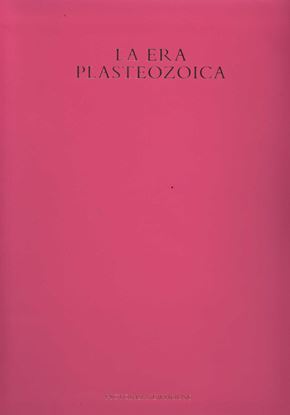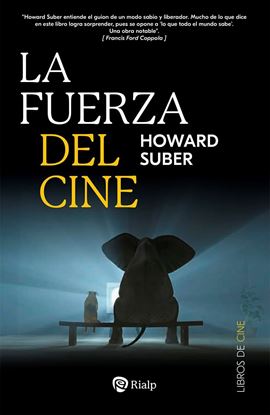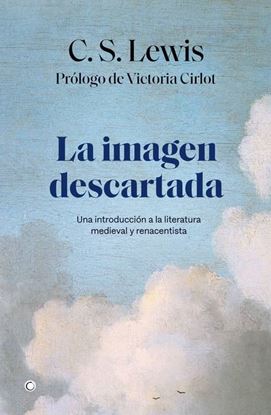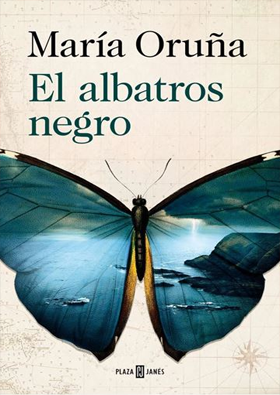

LA CONSTRUCCION DE LA ARQUITECTURA M.
Este libro presenta la construcción de la arquitectura moderna me- xicana mediante un enfoque basado en cinco estructuras de poder: la académica, la económica y política, la de estatus social, la de género y la poscolonial. Se incluyen también fragmentos de entre- vistas y análisis de obras de trece destacados arquitectos: Luis Ba- rragán, José Villagrán García, Juan O'Gorman, Pedro Ramírez Váz- quez, Agustín Hernández, Abraham Zabludovsky, Carlos Mijares, Ricardo Legorreta, Juan José Díaz Infante, Enrique Norten, Alberto Kalach, Javier Sordo Madaleno y Clara de Buen. Todo ello pro- porciona un testimonio vivo de todo ese proceso.
Si bien las cinco estructuras de poder enmarcaron y definieron esa arquitectura, las entrevistas de unos arquitectos que fueron sus protagonistas ayudan a descubrir e identificar sutilezas y matices en lo acontecido en ese periodo. De este modo, sus voces arrojan luz sobre lo que contribuyó a hacer de la arquitectura moderna mexicana algo tan singular a escala mundial. Aunque esos arqui- tectos no siempre fueron conscientes de la presencia de esas estruc- turas de poder, sus proyectos participaron en la marginación, la discriminación y el sometimiento que tales estructuras provocaban. En este sentido, el presente estudio también revela hasta qué punto dichas estructuras de poder están todavía presentes en la arquitec- tura mexicana actual.
2,400
LA ERA STONE
El 12 de julio de 1962, los Rollin’ Stones ofrecieron su primer concierto en el Club Marquee de Londres. Poco después, se añadió una «g», se encendió una chispa y su destino quedó sellado. Ya no había marcha atrás.
Estos cinco chavales blancos británicos se proponían tocar música afroamericana. Perfeccionaron un estilo rebosante de matices de blues mezclados con oscuras insinuaciones a las mujeres, al sexo y a las drogas. Denunciados como «corruptores de la juventud» y «mensajeros del diablo», crearon algunas de las canciones más electrizantes jamás grabadas.
Su sonido y actitud parecen ahora más fuertes e influyentes que nunca. Elvis ha muerto y los Beatles ya pasaron, pero Jagger y Richards dominan el mundo. Contradiciendo al proverbio inglés, puede que acumulen musgo, pero son culos de mal asiento y no pueden dejar de rodar.
Sin embargo, ¿cómo se convirtieron estos sumos inadaptados antisistema en la marca global que hoy conocemos? ¿Quiénes fueron sus víctimas? ¿Cuál es el legado olvidado? ¿Alguna vez realmente puede el artista separarse del arte?
1,550
LA FUERZA DEL CINE
Uno de los profesores de cine con más prestigio en Estados Unidos ofrece el curso definitivo de la A a la Z sobre las complejidades del cine. A petición de sus alumnos, el autor condensa en pocas líneas y de modo gráfico sus mejores clases, que han inspirado a numerosas generaciones de grandes cineastas y escritores de Hollywood.
Examina los patrones que convierten las películas en populares y memorables, y logra un libro útil tanto para quienes hacen películas como para los que solo pretenden entenderlas mejor.
1,600
LA GRAN VIDA DE LITTLE RICHARD
Little Richard abrió el camino para generaciones de músicos: los Beatles, James Brown, los Everly Brothers, Jimi Hendrix, los Rolling Stones, Elton John, Prince…La lista es interminable. Él era «el Origen», «el Innovador» y el autoproclamado «Rey y Reina del rock and roll». Cuando falleció el 9 de mayo de 2020, La gran vida de Little Richard, que estaba casi terminado, se actualizó inmediatamente para cubrir la respuesta internacional a su muerte. Esta es pues la gran biografía de Richard Wayne Penniman de Macon (Georgia, Estados Unidos), quien fue, hasta su fallecimiento, el último dios vivo del rock, el gran Little Richard.
Mark Ribowsky, aclamado biógrafo de íconos musicales, explora la maestría musical de Little Richard, su vida familiar, su lucha contra el racismo, sus relaciones con otros personajes famosos de la época y con los medios de comunicación, y su eterno conflicto interior entre su religión y su sexualidad.
1,400
LA IMAGEN DESCARTADA. LIT. MEDIEVAL Y RE
Este libro nos acerca, con erudición y delicadeza, a la mirada medieval sobre el mundo. Fruto de una serie de conferencias pronunciadas por C. S. Lewis en Oxford, La imagen descartada, la última obra publicada por el autor, despliega ante nuestros ojos el “modelo” o “imagen” que encarnaba la síntesis medieval del mundo (la organización completa de su teología, ciencia e historia en un modelo mental del universo, único, complejo y armonioso), lo despoja de su hermetismo y nos ayuda a comprender los azarosos motivos por los que, con el transcurrir de la historia, resultó finalmente “descartado”.
995














